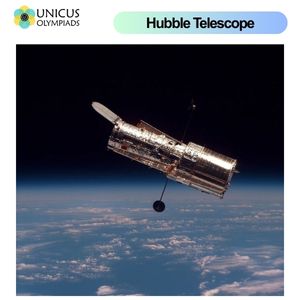

The Hubble Space Telescope, launched in 1990, has revolutionised our understanding of the universe, providing breathtaking images and invaluable data about space. With its ability to capture high-resolution images and data beyond the distortion caused by Earth's atmosphere, Hubble has significantly expanded our knowledge of space, from distant galaxies to the age of the universe itself.
